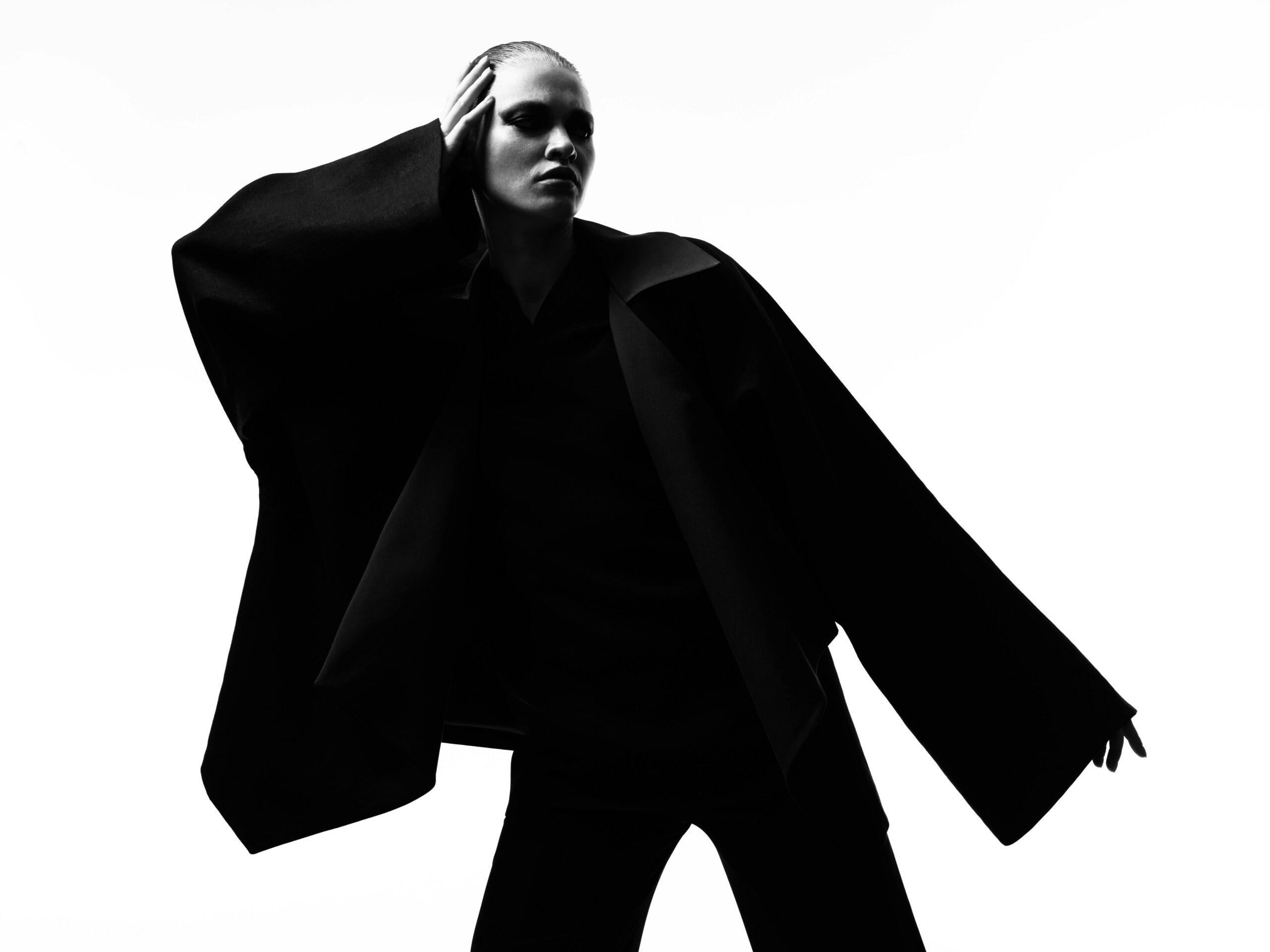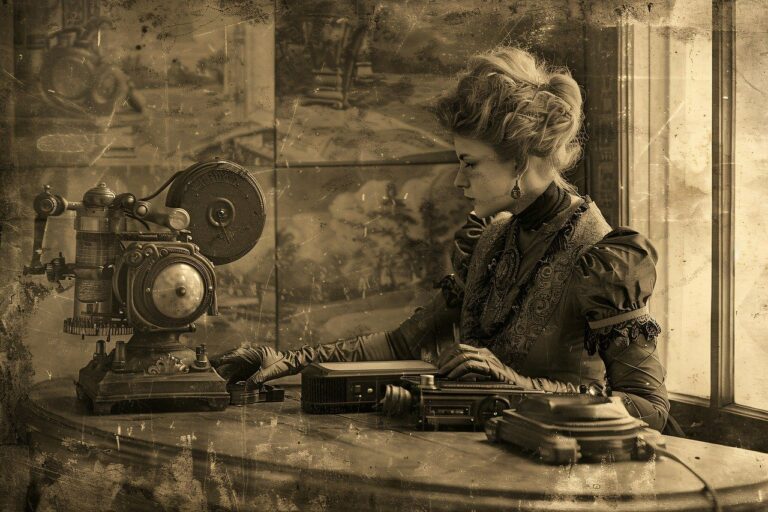Virtual Fashion: Exploring the World of Digital Clothing and NFTs
Digital clothing is revolutionizing the fashion industry by offering a new way for individuals to express themselves creatively. With the advancement of technology, designers are able to create intricate virtual garments that can be worn in online spaces, blurring the lines between the physical and digital realms. This innovative approach to fashion allows for greater customization and personalization, catering to the diverse tastes and preferences of consumers in the digital age.
Moreover, digital clothing presents an eco-friendly alternative to traditional fashion practices by reducing the need for physical production and waste. By embracing virtual fashion technology, brands can minimize their environmental impact and promote sustainability within the industry. This shift towards digital clothing not only aligns with a growing demand for more ethical and environmentally conscious fashion choices but also opens up new possibilities for creative exploration and boundary-pushing designs.
The Evolution of Virtual Fashion Technology
Virtual fashion technology has rapidly evolved over the past few years, transforming the way we perceive and interact with clothing in the digital realm. Designers and technologists are continuously pushing the boundaries of creativity and innovation, blurring the lines between physical and digital fashion. With advancements in augmented reality and 3D modeling, virtual clothing is becoming increasingly realistic and customizable, offering users a unique way to express themselves through virtual garments.
The integration of virtual fashion technology has opened up new possibilities for the fashion industry, from virtual fashion shows to digital try-on experiences. Fashion brands are now embracing this technology to engage with consumers in a more immersive and interactive way, tapping into the growing trend of digital fashion consumption. As virtual fashion continues to gain momentum, it is reshaping the traditional fashion landscape and paving the way for a more sustainable and inclusive industry.
Exploring the Intersection of Fashion and Technology
In today’s digital age, the fashion industry is witnessing a remarkable fusion with technology. Designers are increasingly embracing virtual reality (VR) and augmented reality (AR) to create immersive shopping experiences for consumers. Virtual fashion shows are becoming more prevalent, allowing viewers to engage with collections in a whole new way.
Moreover, the concept of digital clothing is gaining traction, where individuals can dress their online avatars in designer apparel. This innovative approach not only reduces the environmental impact of physical garment production but also opens up new possibilities for personal expression and creativity in the virtual realm. With fashion tech constantly pushing boundaries, the future holds endless opportunities for this exciting intersection of fashion and technology.
• Virtual reality (VR) and augmented reality (AR) are being used to create immersive shopping experiences
• Virtual fashion shows are becoming more common, allowing viewers to engage with collections in new ways
• Digital clothing is gaining popularity, enabling individuals to dress their online avatars in designer apparel
• This innovative approach reduces the environmental impact of physical garment production
• Fashion tech is constantly pushing boundaries and opening up new possibilities for personal expression
What is digital clothing in the fashion industry?
Digital clothing refers to virtual designs that can be worn in online spaces or augmented reality applications, blurring the lines between physical and digital fashion.
How has virtual fashion technology evolved over time?
Virtual fashion technology has evolved from basic 3D modeling to advanced simulations that accurately replicate the movement and texture of real fabrics.
How is technology shaping the future of fashion?
Technology is revolutionizing the fashion industry by allowing designers to experiment with new materials, create sustainable alternatives, and engage with customers in innovative ways.
Are virtual fashion experiences becoming more popular?
Yes, virtual fashion experiences are gaining popularity as consumers seek unique ways to express themselves and interact with brands in a digital world.
What potential benefits does the intersection of fashion and technology offer?
The intersection of fashion and technology offers benefits such as increased customization, reduced waste, improved sustainability, and enhanced creativity in design.




